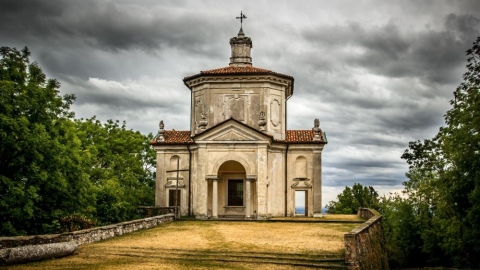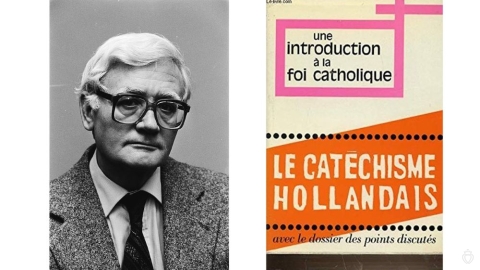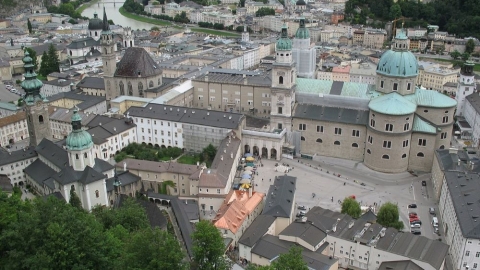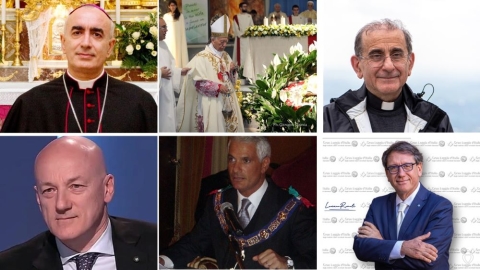Open Doors at the Lateran
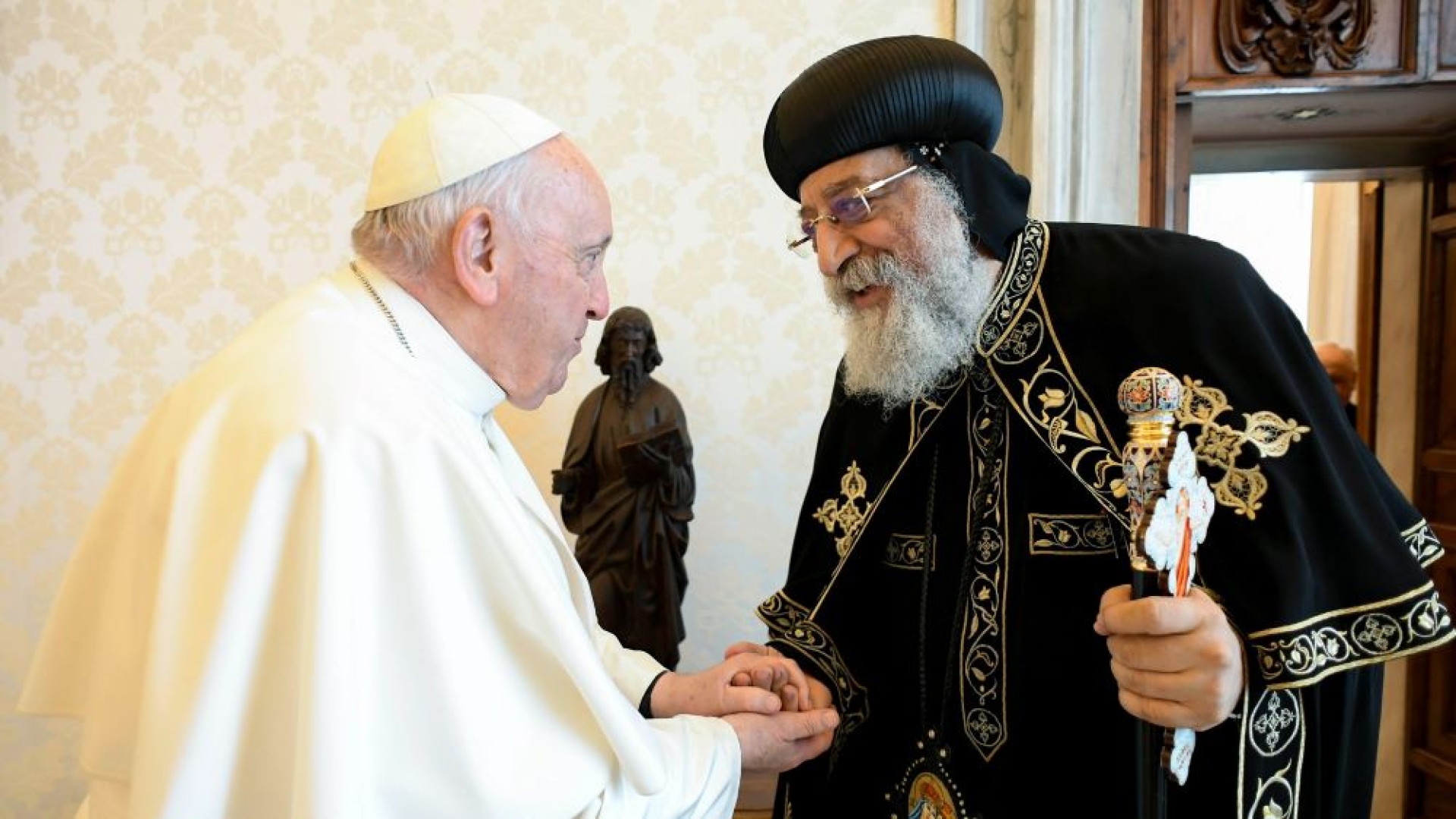
Pope Francis and Coptic Orthodox Patriarch Tawadros II
On April 18, 2023, an Anglican prelate celebrated a religious service with 50 members of the Anglican clergy at the high altar, in the patriarchal basilica of St. John in Lateran, which is the episcopal church of Rome.
As FSSPX.News on April 25 reported: “This ‘bishop’ and these ‘priests’ cannot validly celebrate Mass since the Anglican confession has lost the apostolic succession as declared by Pope Leo XIII [Apostolicæ curæ , September 13, 1896] and therefore they cannot administer any sacraments.”
The prelate’s name is Jonathan Baker; he is divorced and remarried, “and to top it off he is a notorious and avowed Freemason – like a good part of the high Anglican clergy for that matter.” Derisively, the basilica's capitular vicar, Msgr. Guerino Di Torra, explained that permission to celebrate had been given to Anglicans following a “communication error” (sic).
Still, the next day, Wednesday April 19, Pope Francis had pieces of the True Cross delivered to Charles III of England, head of the Anglican confession. These relics were placed in the “Welsh Cross” which opened the solemn procession to Westminster Abbey during the coronation on May 6.
As Andrea Cionci points out in Libero Quotidiano of April 22, this is not the first time that the pope has been lavish when it comes to giving relics of saints to schismatics: in November 2022, he handed over relics from St. Thomas the Apostle, preserved for centuries in the Cathedral of Ortona, to the schismatic patriarch of the Assyrian Church of the East.
In September 2019, he gave nine pieces of the bones of St. Peter to the Eastern Orthodox Patriarch Bartholomew I. In November 2016, for the 70th birthday of the Eastern Orthodox Patriarch of Moscow, Kirill, he offered him a relic of St. Francis of Assisi.
Still in St. John Lateran
From May 9 to 14, the Coptic-Orthodox Patriarch of Alexandria Tawadros II [Theodore II] is in Rome, for the 50th anniversary of the meeting between Pope Paul VI and Patriarch Shenouda III, which took place on May 10, 1973. On this occasion, he celebrated a liturgy for the Coptic-Orthodox faithful at St. John Lateran, on Sunday May 14.
In katholisches.info of April 27, the Vaticanist Giuseppe Nardi speaks of “ecumenical jostling in the principal church of Christendom”: after the Anglicans, “Tawadros II, the pope of the Coptic-Orthodox Church, in an ecumenical spirit,” was “loaned” the Lateran Church, i.e., the cathedral of the Bishop of Rome and the principal church of the Catholic Church, so that he would have the possibility of celebrating a Coptic-Orthodox liturgy there, although he is not in union with the See of Peter.”
And he legitimately wonders: “The process is unprecedented: the head of a non-Catholic community is granted use of the main and mother church of the Catholic Church. Have all the doctrinal and liturgical questions that have separated the Copts from the Roman Church for many centuries been resolved? So far, no recovered unity has been reported. So why is the order turned upside down?”
Liturgical Praxis at the Service of Ecumenism
The answer is to be found in current ecumenical practice. Giuseppe Nardi writes: “In Rome, we unofficially refer to number 137 of the Directory for the application of principles and norms on ecumenism of March 25, 1993, called the Directory of Ecumenism for short. It was issued by the Pontifical Council for Promoting Christian Unity.”
“It says: 'Catholic churches are consecrated or blessed buildings which have an important theological and liturgical significance for the Catholic community. Therefore, they are generally (sic) reserved for Catholic worship.”
“However, if priests, ministers, or communities which are not in full communion with the Catholic Church do not have a place, nor the liturgical objects necessary to celebrate their religious ceremonies with dignity, the bishop of the diocese can allow them to use a Catholic church or building, and also lend them those items necessary for their services [§ 137].”
In short, there is no doctrinal unity, but – with current Roman mores – liturgical praxis precedes doctrine.
(Sources : Libero Quotidiano/katholisches.info/FSSPX.Actualités - Trad. à partir de benoitetmoi/DICI n°432 – FSSPX.Actualités)
Illustration : Banque d’images Alamy

